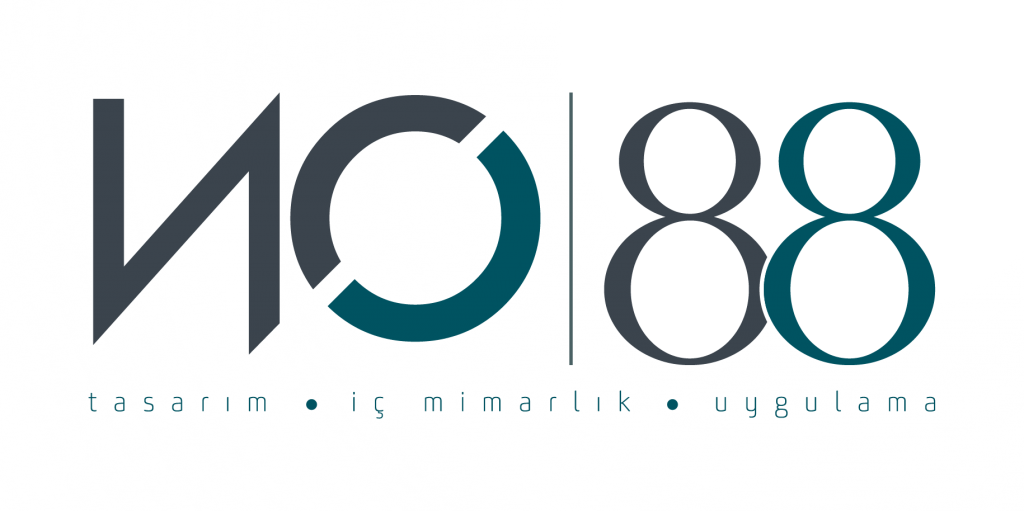The profession of interior architecture is one of the oldest known professions since the history of mankind, and it was born as a profession that consists of the formation of certain principles in order to meet the need for “security and shelter” that meets the second stage of the Maslow pyramid.
The interior architecture, which has survived through centuries and even millennia, forms the basis of our daily life by catching rhythm and harmony with the determining design principles, changing needs and life styles.
Space Design
When we say space design, we understand an idea as realizing an formation with an interdisciplinary method of working in line with certain principles. However, while the designer realizes the design behind this idea, he takes into account the people who influence the time, the painters, musicians, literary figures, briefly everything and everyone that inspires him, and besides adapting the spatial perception, the functionality of the space and the environmental conditions to the user, his ideas and the realization of it. factors are also taken into account in the design.
Sound
Sound can be simply defined as the hearing of various fluctuations by the human ear. However, sound is one of the basic life phenomena that we personally attribute many meanings and stimulate our senses.
We can say that it is an element that makes a person’s home a home. Think of the sound of the music playing inside the house, the sound of the coffee machine, the sound of a child or pet inside the house, or the sound of a salesman coming from the street, all this makes us who we are and makes us feel like we belong to where we are. In this context, it is inevitable that sound and space design are intertwined.
In order to discuss the touch of music to interior architecture, we can listen to the following words of German delusional, literary critic, politician, painter and naturalist Johann Wolfgang von Goethe:
“Music is liquid architecture; Architecture is frozen music.
(Music is liquid architecture, architecture is frozen music.)
As mentioned in the above quote, these two branches of art have always formed a flow within each other and have melted into each other over time and added meaning to our lives.
Each piece of music has its own order and mathematics, and in a composition, the three basic elements of rhythm, melody and harmony appear, which form the proportion-proportion and structure of the piece.
Especially the element of rhythm is one of the parameters frequently used in architecture and interior architecture.
Selimiye Mosque is a direct interpretation of the effect of the numerical structure of music on the spatial fiction, and Mimar Sinan took the visual proportions in the cheers and domes from the musical proportions while he was building the mosque. The number of such structures is considerably high in history and today.
It is no coincidence that Le Corbusier, considered the pioneer of modern architecture, and Greek architect / musician Iannis Xenakis shared the same workshop for 12 years. The pavilion building designed for Philips, which emerged at the 1958 Brussels World Fair in collaboration with Corbusier and Xenakis, may be one of the best examples of this effect. The main idea of the building, rather than displaying products, is the transformation of the building itself into a work that includes many branches of art by forming a whole with its interior architecture and form, and it has received the title of the world’s first tunnel art work. This work reveals one of the most striking examples of the concept of “frozen music”.
In summary, while it is quite possible to associate the basic principles we use when designing an office, residence or public spaces in interior architecture with a musical composition, we can also say that this is a method used by interior architects. If we consider the spatial perception as a porte, the spatial setup as timbre, and the elements chosen in the use of space as notes, we can start our song as instrumentalists necessary to create unique spaces.
PS: What are we listening to in the meantime?
You can find the answer by scanning the barcode:
